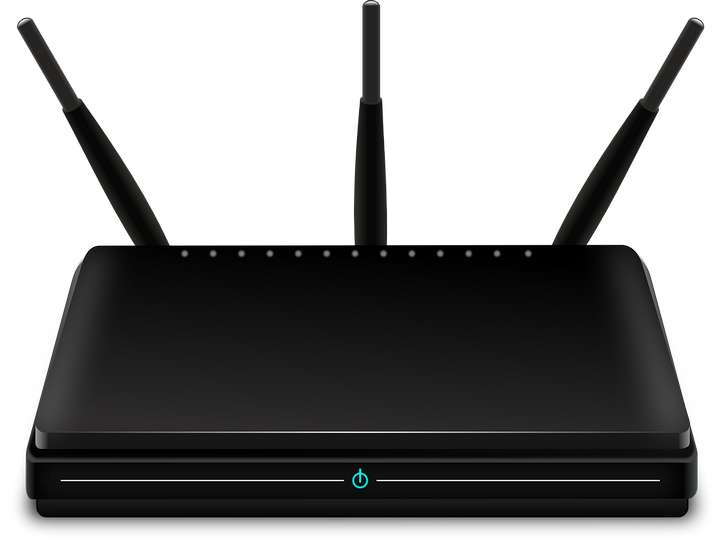Routers come in different shapes and sizes. Some look small and compact, while others feature conspicuous antennas. Are the bulky-looking ones with two or three protruding rods better? Or should buyers just get the routers without the external antennas on them?
Different models for different needs
Determining the best router to get is not about whether the unit has external or internal antennas. It depends on what a user needs. There are many factors that buyers should take into account.

The good news is that buyers can turn to consumer references online for guidance. There are sites like rushrouter.com that provide consumer guides on finding the best WiFi router, presenting the best home use options, long-range needs, gaming, and video streaming, among others. They also list routers according to type and the recommended models for specific internet service providers.
Generally, external antennas mean greater flexibility as the antennas can be manually pointed to where the signals are needed the most. They also have a longer range because they are directional and more efficient. In contrast, routers with internal antennas tend to have a shorter range since they are omnidirectional and are usually smaller.
The usual efficiency rate of external antennas is around 95%. For internal units, it is approximately 75%. The difference may appear significant, but it is usually not that noticeable in actual use unless the users are located considerably far away from the router.
Ball vs. donut coverage
Routers with internal antennas create a ball-like coverage unless walls are blocking the signals. As such, they are considered good enough for homes or small offices. The router has to be positioned at the center of all the WiFi connection users to maximize its range and provide equal signal strength to all users.
For routers with external antennas, the resulting coverage area is donut-shaped. This is because the external antennas tend to have a blind spot around 60 degrees on top and below the antenna. As a result, if the router is used in a multi-floor building, some users directly on top or below the router may experience weaker signals than those on the sides of the router when the antennas are held upright.
As mentioned, the difference in signal strength will not be that conspicuous when users are near the router. However, it is indubitable that external antennas have better aerial gain, the effectiveness of an antenna in enabling connections.
In summary
Routers with external antennas are better in terms of efficiency, range, and flexibility. This does not necessarily make them the better choice, though. Prospective buyers need to ascertain what they need first before making a purchase decision. Also, the quality of the router matters. Some may look big and sophisticated with their several antennas, but there is no guarantee that they will perform better than high-quality routers with internal antennas. It is a must to examine a router’s performance first by reading the specs and asking for testimonials from users online or offline.





